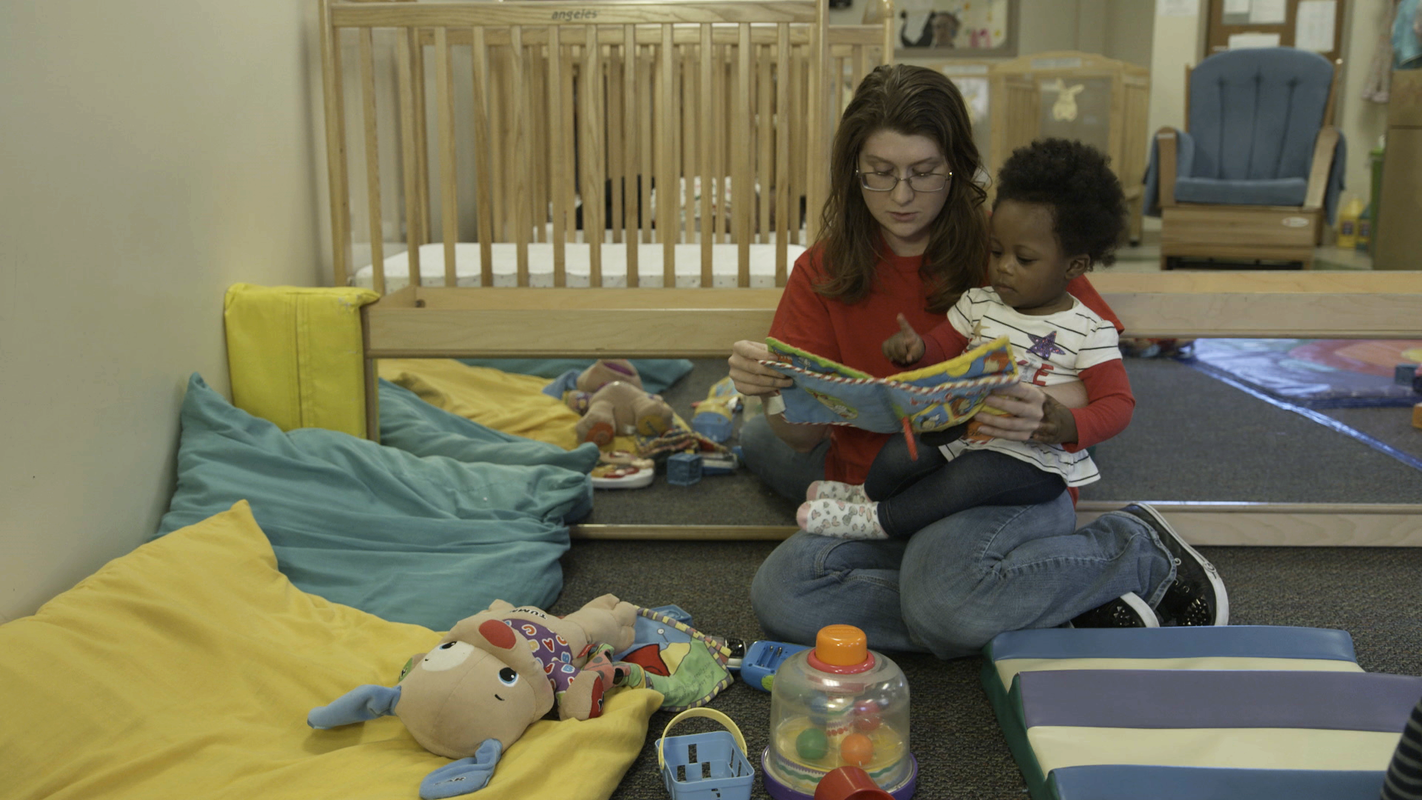High quality child care pays all kinds of dividends: personal, societal, and economic. For example, children who participate in high-quality early care and education have fewer behavioral problems, greater educational attainment, and higher earnings later in life. According to one study, for every dollar invested in early education, society receives $7 in returns through increased tax revenue and reduced public spending on criminal justice, remedial education, and other costs. Some studies set the number even higher. High-quality care and education can help close the achievement gap for low-income children, though higher-income children experience large benefits, too. Parents can go to work and know that their children are in good hands, so child care improves parents’ job prospects, especially for mothers, who are still most often expected to be the primary caregivers.

All child care programs that meet licensing requirements provide a basic level of safety, allowing parents to work and meet other obligations. But here’s the problem: Only high-quality programs have significant positive effects on children’s learning and development.
However, high-quality programs are often hard to find. Though we know quality varies widely across settings and locations, it is difficult to know by just how much: The way we measure the quality of early care and education in the United States is inconsistent and often flawed. State licensing requirements and quality rating and improvement systems (QRIS) vary so widely that comparing states is very difficult, and federal policies regulating quality only apply to programs that accept subsidies. Many children are also in unlicensed care of unknown quality, whether it is legally license-exempt informal care or a provider illegally operating without a license. Among children receiving subsidies, nearly one in five are in unlicensed care. In the Care Index, we measure quality using the percentage of programs accredited by the National Association for the Education of Young Children (NAEYC) or the National Association for Family Child Care (NAFCC), independent organizations that accredit child care centers and family child care homes, respectively. This method is imprecise, but, with existing data, it’s one of the only ways to compare quality in different states. And the data we do have indicates a patchwork system that is mediocre at best. The Care Index found that, on average, only 11 percent of U.S. child care centers and family homes are accredited.






